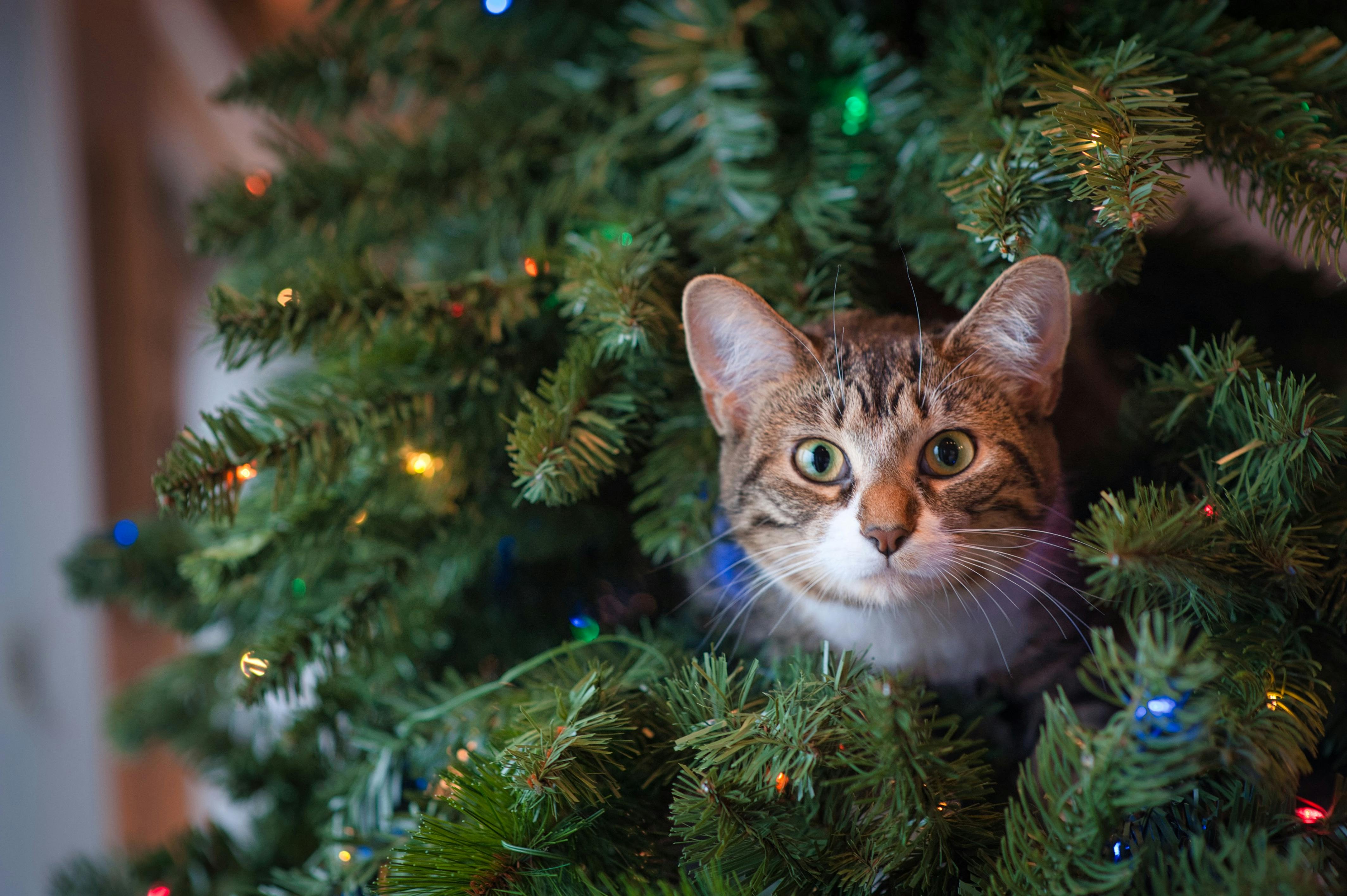The Miniature Pinscher is a small, assertive, muscular and independent ball of energy. Ranging from 10 to 12 1/2 inches in height and 8 to 10 pounds in weight, these little spitfires make up for their toy stature with their fearless personalities. They are part of the Terrier group and are considered a Toy breed.
Often referred to as “Min Pin”, these dogs have a short, smooth, rough and smooth coat. The most popular color is a combination of black and tan. However, they can also be red in color or a combination of chocolate and rust. They are average shedders and require little grooming.
Purebred miniature pinschers usually have docked ears and docked tails. When they walk, they have a graceful gait reminiscent of a Clydesdale horse.
Although a Min Pin may look a lot like a diminutive version of a Doberman Pinscher, they are definitely not miniature Dobermans. Miniature Pinschers are actually the older of the two breeds. Originally from Germany hundreds of years ago, the Min Pin is likely related to the German Pinscher family and was bred from a cross between the Dachshund and the Italian Greyhound. The Min Pin was initially used to keep farms free of mice and rats.
The first Miniature Pinscher was brought to the United States in 1919. At that time, the Miniature Pinscher was called “Reh Pinscher”. This was a reference to the breed’s rusty red fur, which was the common color at the time. The AKC (American Kennel Club) registered the Reh Pinscher as a Toy breed in 1925. In 1972, the name was officially changed to Miniature Pinschers.
The word “Pinscher”, in German, means “biter” and probably derives from the breed’s tendency to jump and bite its prey. Similar to the terms “Hound” and “Setter”, Pinscher denotes the breed’s working method rather than its heritage.
While the Min Pin may be a toy breed, it is not a typical lap dog. He is loving and caring, but also energetic, curious, and suspicious of strangers. His fierce independence can make it a bit difficult to train, especially if it is spoiled or allowed too much freedom. Smooth and consistent discipline is a requirement for this breed. Severe correction can lead to aggression and lack of correction will allow their malicious tendencies to flourish.
Miniature pinschers can be expert escape artists. Their curiosity and active nature can sometimes cause problems for them if they are not supervised. This breed loves to jump and does it well. They will often be joined from one piece of furniture to another. They can also jump over baby gates and low fences. The safest way to keep them in place when needed is a good-sized box.
Min Pin’s intense curiosity also extends to small toys and household items, such as pens and tubes of lipstick. Make sure to provide your min pin with plenty of small safe toys for the dogs to play with.
A Miniature Pinscher will be good with children, as long as the child is old enough to be taught not to tease, push, or prod. This type of behavior, as well as sudden movements and rough play, will often be met with a defensive and aggressive response. Min Pin will pinch if they feel physically threatened.
Min Pin loves to play and thrive on lots of exercise. They will adapt well to apartment life, provided you take them for a daily walk.
Miniature Pinschers are incredibly loyal and protective of their home and family. Despite their small size, Min Pins make excellent watchdogs. They are very aware of external movement and sound. If they sense danger, they will sound the alarm with loud, ferocious barks.
Miniature pinschers have few genetic health problems. The only concern the breed is susceptible to is generalized progressive retinal atrophy, an inherited eye abnormality that leads to blindness. A healthy Min Pin has a lifespan of 15 years or more.
